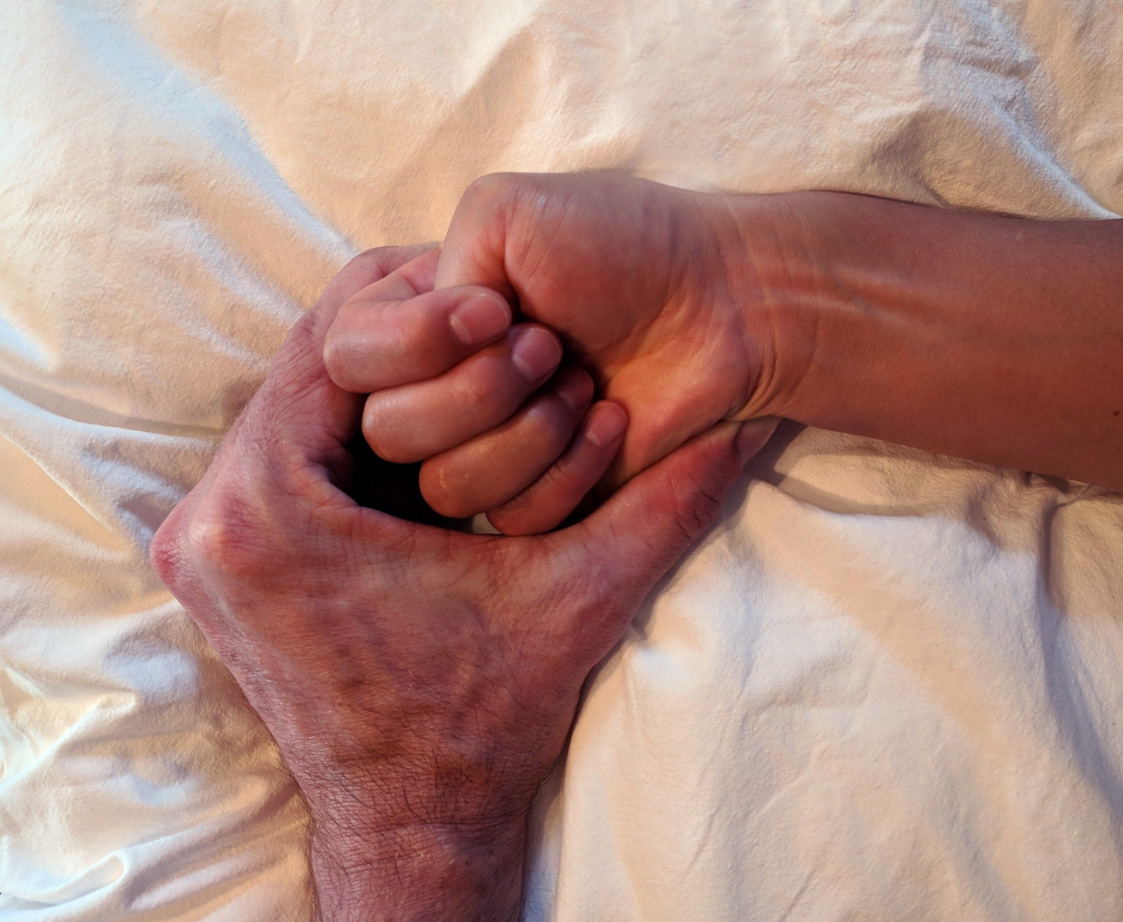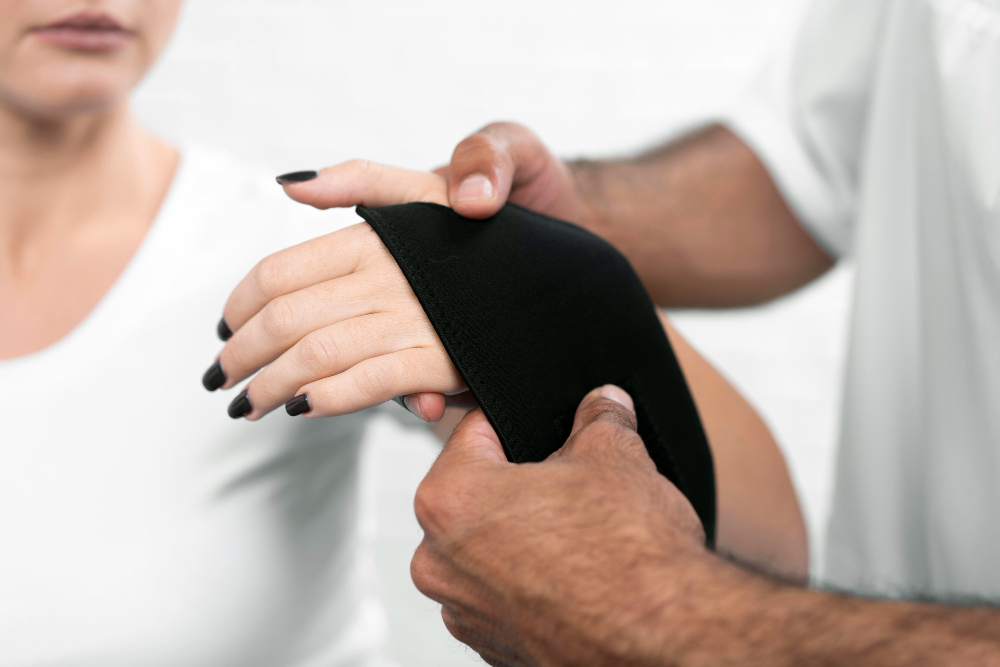Book Now
Services

De Quervain Syndrome
De Quervain’s disease is a painful inflammation of tendons in the thumb that extends to the wrist (tenosynovitis). The swollen tendons and their coverings rub against the narrow tunnel through which they pass. The result is pain at the base of the thumb that extends into the arm.
Symptoms
It is characterized by chronic wrist pain and swelling, difficulty of grasping, burning sensation on the affected part. It sometimes results in immobility. The pain may be intense when one grasps, grips, turns the wrist, or forms a fist. The condition can occur gradually or suddenly. Some people feel pain if direct pressure is applied to the area.

Causes
- Although there is no confirmed cause, it is almost always related to overuse of the wrist. Some predisposing factors that are linked to the development of the disease are:
- Work related factors (i.e., technicians who do repetitive twisting or driving of screw).
- Over activity of hands like pinching, pulling and pushing, grasping, and overuse of mouse/trackball and long-time typing jobs. Pastimes like sewing, knitting, fly-fishing, playing piano, golfing and bowling may also contribute into developing this condition.
- Repetitive strain injury.
- Pregnancy – It has been known to occur most likely to pregnant women because of the hormonal changes and fluid retention. The occurrence of the disease in women is 10 times higher than men.

Treatment
CONSERVATIVE MANAGEMENT:
- Immobilizing your thumb and wrist with a splint or brace to help rest your tendons.
- Avoiding repetitive or aggravating movements.
- Applying ice to the affected area. Ice can be used to help relieve inflammation of the extensor sheath. This also improves range of motion.
- Stretching and proper positioning also helps.
MEDICAL MANAGEMENT:
- The goal in treating de Quervain’s tendinitis is to relieve the pain caused by irritation and swelling; thus, your doctor might prescribe pain killers or anti-inflammatories.
- Injections of corticosteroid and NSAIDS medications into the tendon sheath may also be done to obtain localized effect. Injection guided by ultrasound is a plus as doctors can target the affected area precisely.
SURGICAL MANAGEMENT - When non-surgical procedures don’t work, surgical procedure is advisable. The goal of surgery is to release tight areas (by opening the dorsal compartment covering) to make more room for the irritated tendons. The opening allows pressure relief of the tendons, to ultimately restore free tendon gliding.After the procedure, the wrist is splinted in a neutral position until the skin sutures are removed. This will minimize the probability of tendon displacement. The prognosis for permanent recovery is excellent.

Prevention
The best way to prevent de Quervain’s is to avoiding repetitive movements. Change your actions to reduce the stress on your wrists. Take frequent breaks to rest if you are using your wrists. Wear a brace or splint on your thumb and wrist, if necessary.Follow the exercise routine suggested by your doctor or physical therapist. Be sure to tell him or her about any activities that cause pain, numbness, or swelling.

